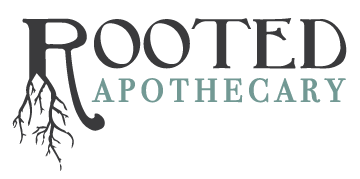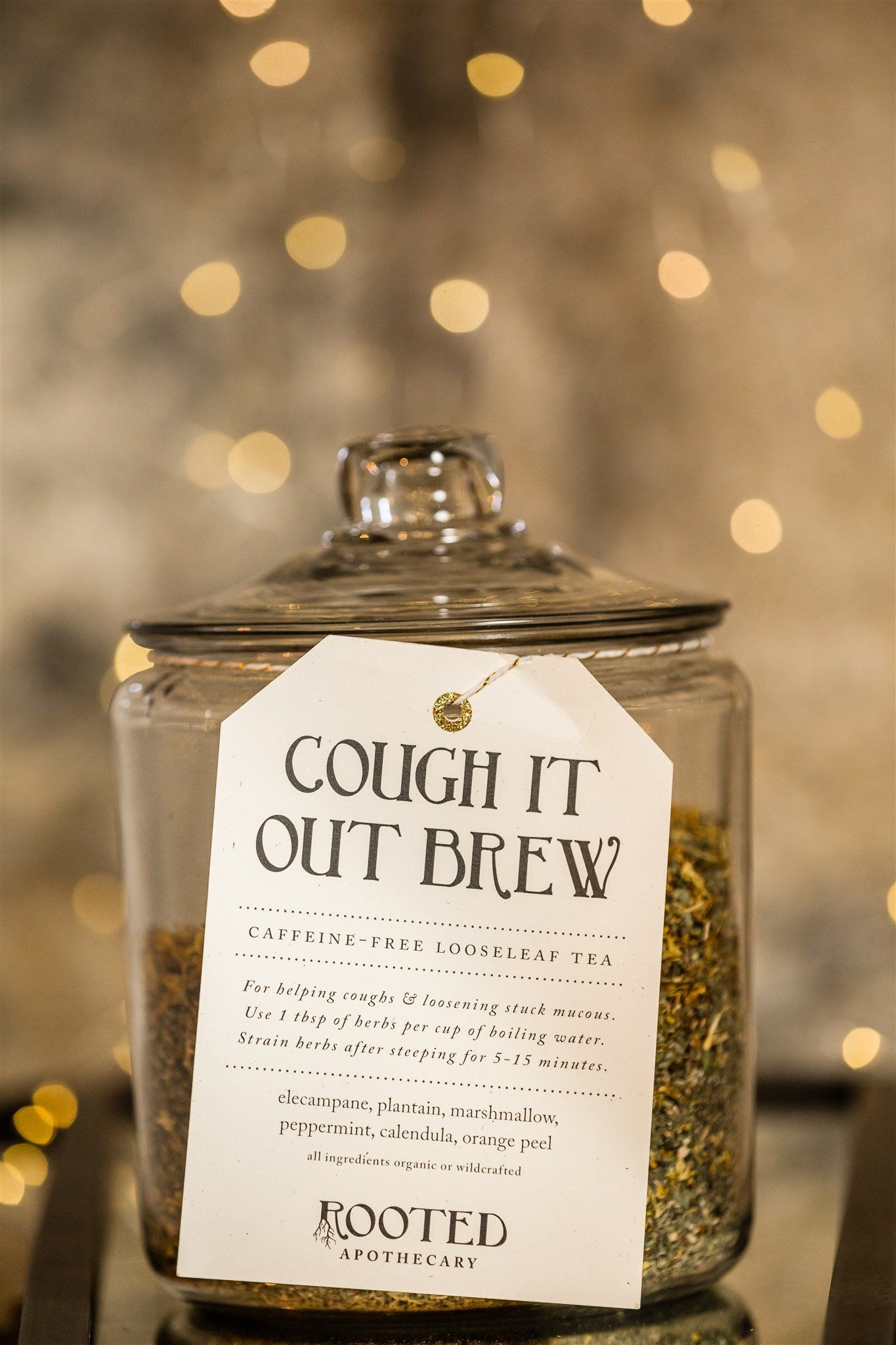The Best Herbs for Spring Allergies
Allergies are a funny thing that can really catch you off guard if they haven’t bothered you in the past. For those that have dealt with allergies for years spring and fall can be a dreaded time of the year.
While OTC medications may provide some relief they usually come with nasty side effects and ingredients we’d rather not put in our bodies. Let’s check out some natural remedies that can help!
What are the best herbs for spring allergies and what are the best ways to use herbs for spring allergies?
Stinging Nettle and Goldenrod are at the top of the list when it comes to treating spring allergies naturally. Nettle offers nutrition and anti-inflammatory properties that can give much needed relief, while goldenrod’s ability to warm and dry can offer relief to the sinuses. If you are experiencing dryness, you’ll turn to herbs like plantain, marshmallow, calendula, and elecampane.
The Materia Medica below offers information on why you would use these herbs, how to safely identify them, how to safely gather the herbs, how to use them, and safety considerations. This information has been adapt from Plant Camp @ Home and from author Briana Wiles’ books: Mountain States Medicinal Plants and Mountain States Foraging: 115 wild and flavorful plants from alpine sorrel to wild hops.
Stinging nettle

Why use stinging nettle:
Nettles are deliciously nutritious, and can be used in the kitchen and as an all around fabulous medicine. High in calcium, iron, magnesium, vitamins and protein, it is a robust herb to have dried in the cabinet.
Partly due to their astringent activity, the leaves also provide relief from allergies and asthma.
Nettle seeds are considered to be trophorestorative to the kidneys and adrenals. They can help people with chronic kidney issues, helping to restore and provide better function in those areas.
Nettle is nourishing to all body systems, but especially to the blood, bones, joints, and skin. Sometimes, it can be helpful with restless leg syndrome due to the presence of essential minerals like magnesium.
Nettles are also good for the urinary tract system as they help to flush bacteria and remove metabolic wastes from the body.
Identifying stinging nettle:
Not a plant to let us down on its name, stinging nettle can be identified simply by brushing up against it. The irritating hairs can be seen running up the stem, and all over the leaves.
Stinging nettle leaves are opposite and lanceolate, with serrations around the edges forming a pointed tip. Stems are square, thick, and can stand up to about 10 feet, though in lowlands areas 3-5 feet is more normal to see.
So, before you go grab a plant that looks like a mint leaf, take a peek at the stem and underside of the leaf for the stingers. If you see hairs, handle with care. Flowers are little, green, and hang in clumpy strands that dangle from the tops of the plant. Once they start turning to seed, the weight makes the plant bend over to one side.
Urtica dioica is the most prevalent species of nettle found in North America and Europe.
When, Where, and How to Gather:
Stinging nettle likes to be near moisture, shady forest edges, and disturbed soils. Look near creeks, river banks, or wet fields. Reddish-green tops of the stinging nettle emerge first in the spring. Gather stinging nettles throughout the spring and into summer, before they begin to flower. Gather the browned seeds in the fall.
Depending on your threshold for lingering stings or your agility level, you may want to wear gloves, or at least long sleeves. Wearing gloves and using pruners makes harvesting stinging nettles much more efficient and a bit less painful. If you are in for the gamble (and medicinal sting), try pinching the stem of the plant with your thumb and index finger. The trick is to reach under the leaves from the bottom up, avoiding the opposite direction of the hairs from puncturing your skin.
How to use stinging nettle:
Part used: Young shoots, leaves, and seeds
-
Infuse nettle leaves or seeds into vinegars that can be used as a medicinal and nutritive food.
-
Try a spring blend of nettle leaves, pine, ginger, lemon, garlic, and onion. Then add a dollop of honey and a little freshly chopped or ground pepper to create a tasty oxymel, also known as a fire cider. This can be used in culinary endeavors or for a medicinal sipping tonic.
-
As a tea, nettle makes a tasty spring tonic, ideal for providing the nutrients the body needs to gently detoxify a stagnant system after a long winter. Make sure to eat the freshly infused herb once you're done sipping!
-
Cooked, steamed, or sautéed
To make an herbal infusion use 2 tablespoons of leaves or 1-2 teaspoons of seeds per cup of hot water. Drink 3-5 times per day.
Safety considerations when using stinging nettle:
Technically known as trichomes, the hollow stingers hold formic acid and histamine, among other substances, which produce a stinging burn or itch when contact is made with skin. The unpleasant feeling can last for hours and create small welts depending on how sensitive the person is to this plant.
Cystoliths begin to accumulate in the leaves after the plant starts to flower, and especially once they go to seed. This can be irritating to the kidneys or cause stones to accumulate.
If your looking to add nettles to your diet right away and can’t get out to forage, try the Nourishing Brew and Sneeze Ease teas for a quick nutrient boost, as a spring tonic, and allergy relief.

Goldenrod

Why use goldenrod:
Gathered around many parts of the US from July through September. The fresh leaves and flowers are good for teas, but they can also be dried and stored for the future. It’s a useful astringent when allergies strike.
Be sure to take only flowerheads and leaves and be mindful to harvest only from the taller plants, to make sure this plant stays around for years to come.
Identifying goldenrod :
When in full bloom, goldenrod flowers light up the fence lines with their crescent-shaped heads of clustered yellow flowers. Plants range in height from just shy of a foot to more than 7 feet tall, and they form large stands–where there is one, there are usually many. The stalk is unbranched, and in some species it can be hairy, along with the leaves. Long, lanceolate leaves grow alternatively up the stalk. Some leaves have smooth edges, while others are jagged. Many people blame hay fever on goldenrod, but it is a completely innocent bystander, as it is not wind-pollinated.
When, Where, and How to Gather:
Late summer sets in as goldenrod blossoms are ready for harvest. Gather them quickly as they bloom from buds to flowers.
Goldenrod inhabits disturbed soils in partial to full sun, and can be located in fields, along riverbanks, and high up mountain roads. Several species occur throughout the mountain west; all are usually fully bloomed by August in most elevations, so prime harvesting season begins in July and can last late into September.
To gather goldenrod, simply cut the budding or flowering tops at their peak showing. Gather when the flowers are still tight in buds, just as some are starting to bloom.
By taking only the flowerheads and leaves ,the plant is not put into much jeopardy. Be mindful of the smaller, native species and harvest more abundantly from the taller ones.
How to use goldenrod:
Part used: budding flowers, flowering tops, leaves
-
Use fresh in tinctures, oils, or honey.
-
The leaves can be gathered and dried for teas.
-
Flowers will go to seeds and fluff out as they dry, making them unsuitable for tea.
To make a hot herbal infusion (tea) use 2 tablespoons fresh or dried leaves per cup of hot water. Drink 3-4 times a day.
Safety considerations when using goldenrod:
This plant is in the Asteraceae, which can be problematic for people who have an allergy or sensitivity to sesquiterpenes.
Discovering how amazing goldenrod can be at the wrong time of the year? Find it in our Re-Leaf & Blossom Tincture !
When your allergy symptoms are drying you’ll want to turn to demulcent herbs.
Demulcent means the herbs are slippery, moistening, and help to thin out thick mucous. If you get the post nasal drip that turns into a cough, the following herbs can offer relief. Find these herbs in our Cough It Out Brew. This blend of herbs help to expectorate the lungs and produce a helpful cough while soothing the irritated tissues, bringing them relief and moistening them from the dryness. The peppermint and orange give it an awesome flavoring.
Plantain: demulcent and expectorant, as it is helpful in loosening up the sticky mucous that can live down in the lungs, while healing the membranes too.
Marshmallow root: is another powerful demulcent diva, soothing inflamed membranes in the lungs, digestive tract, and urinary system.
Calendula: is also, you guessed it the D-word, and very healing to all tissues of the body, it gets most of its fame in skincare, but it does wonders internally as well.
Elecampane: is used here as a lung tonic that helps to expectorate—or help you cough when the dryness may be preventing a good loogie—yep.
Peppermint: just feels damn nice, and it’s aromatics help to push all the other herbs deep into the lungs and other parts of the body.
Orange peel: is high in vitamin C, raises your sunshiny vibration [is that even a thing? Yes it is, now] and adds a lovely flavor to Cough It Out Brew so you will want to drink it as many times a day as you need.
Love learning about herbs, wildcrafting, and foraging? Whether your just dipping your toes into the world of medicinal medicine or are looking to dive deeper we hope you’ll join us online or in person through Plant Camp Texts, Plant Camp @ Home, and Plant Camp IRL!
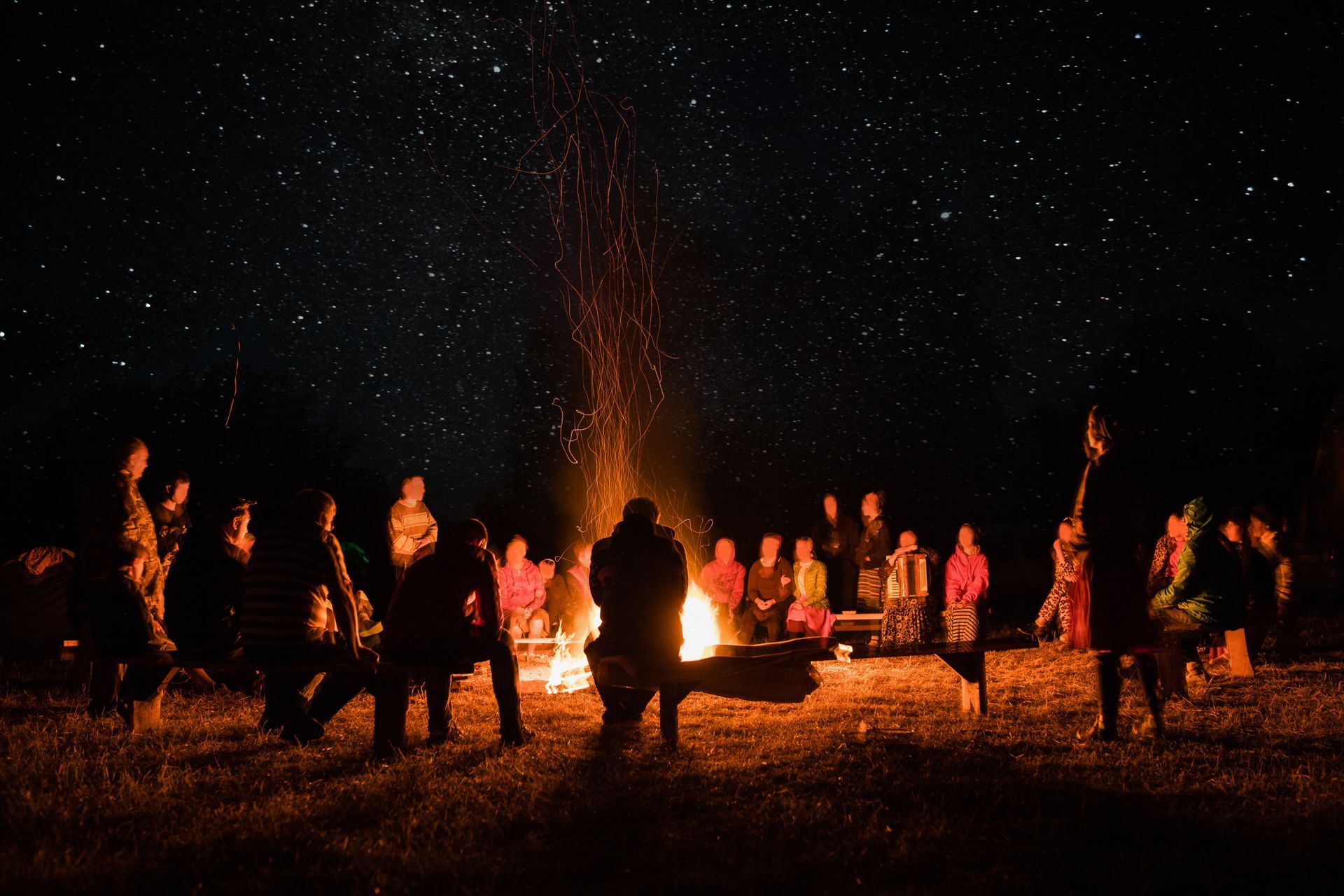

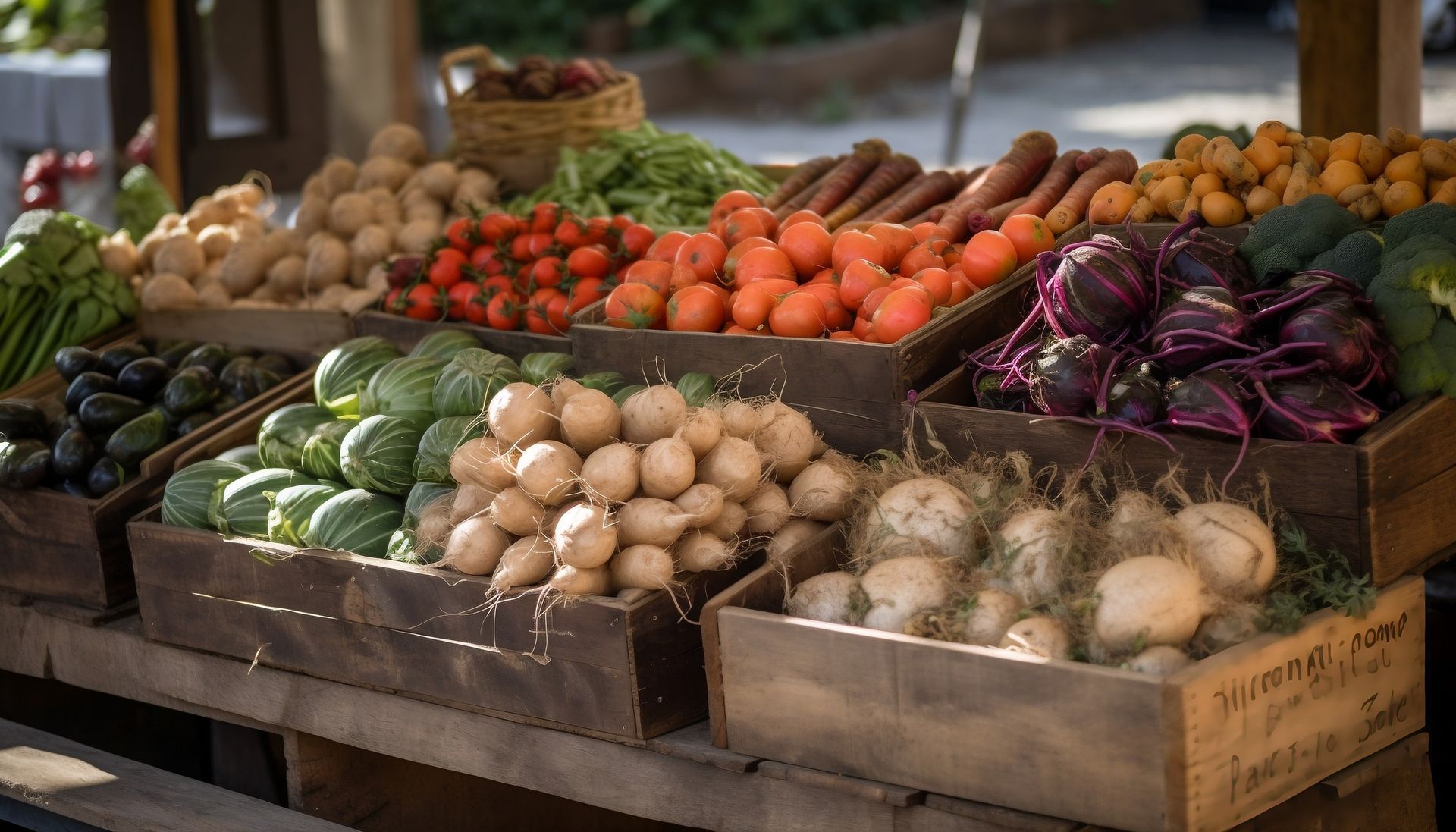

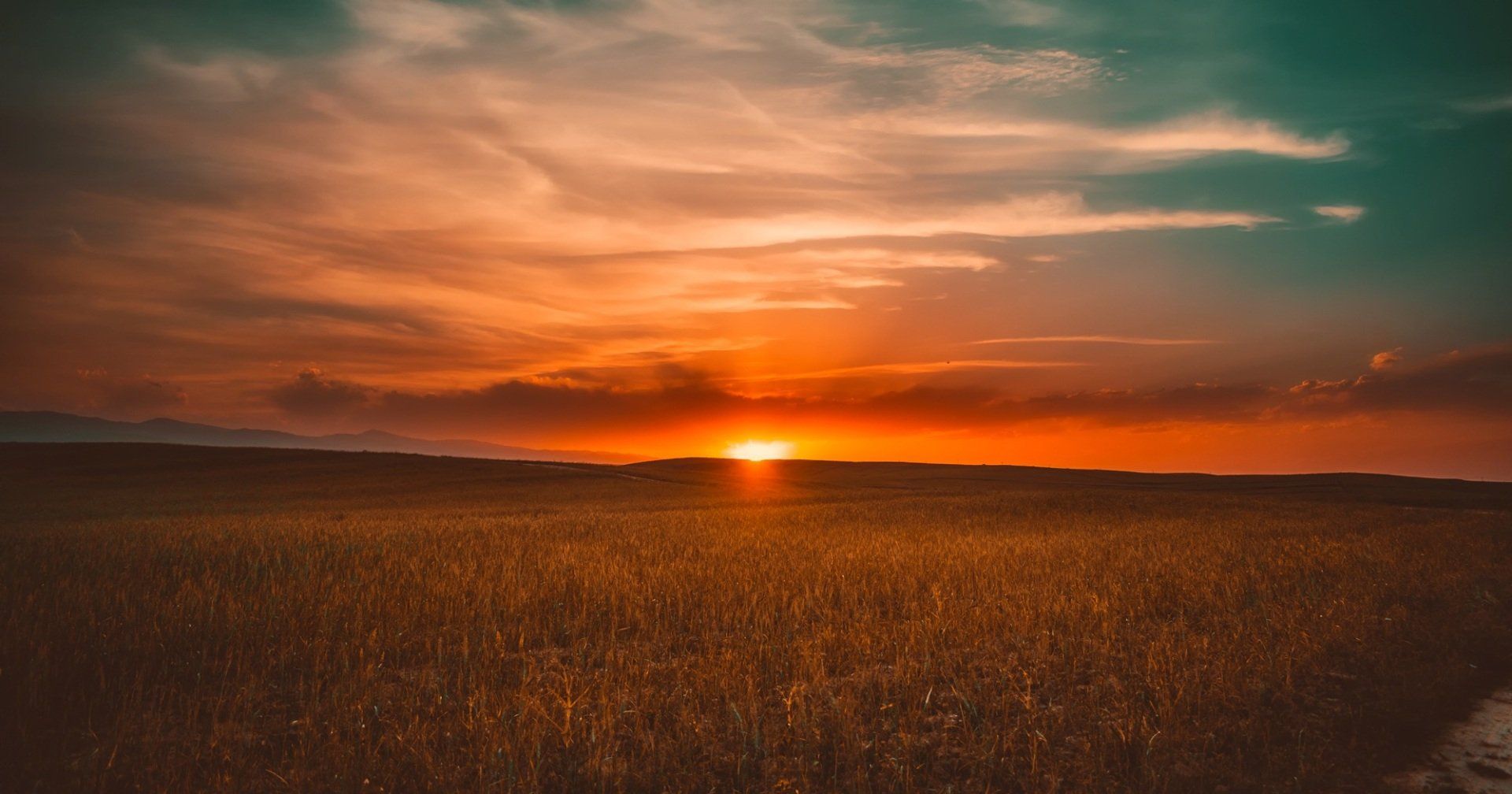
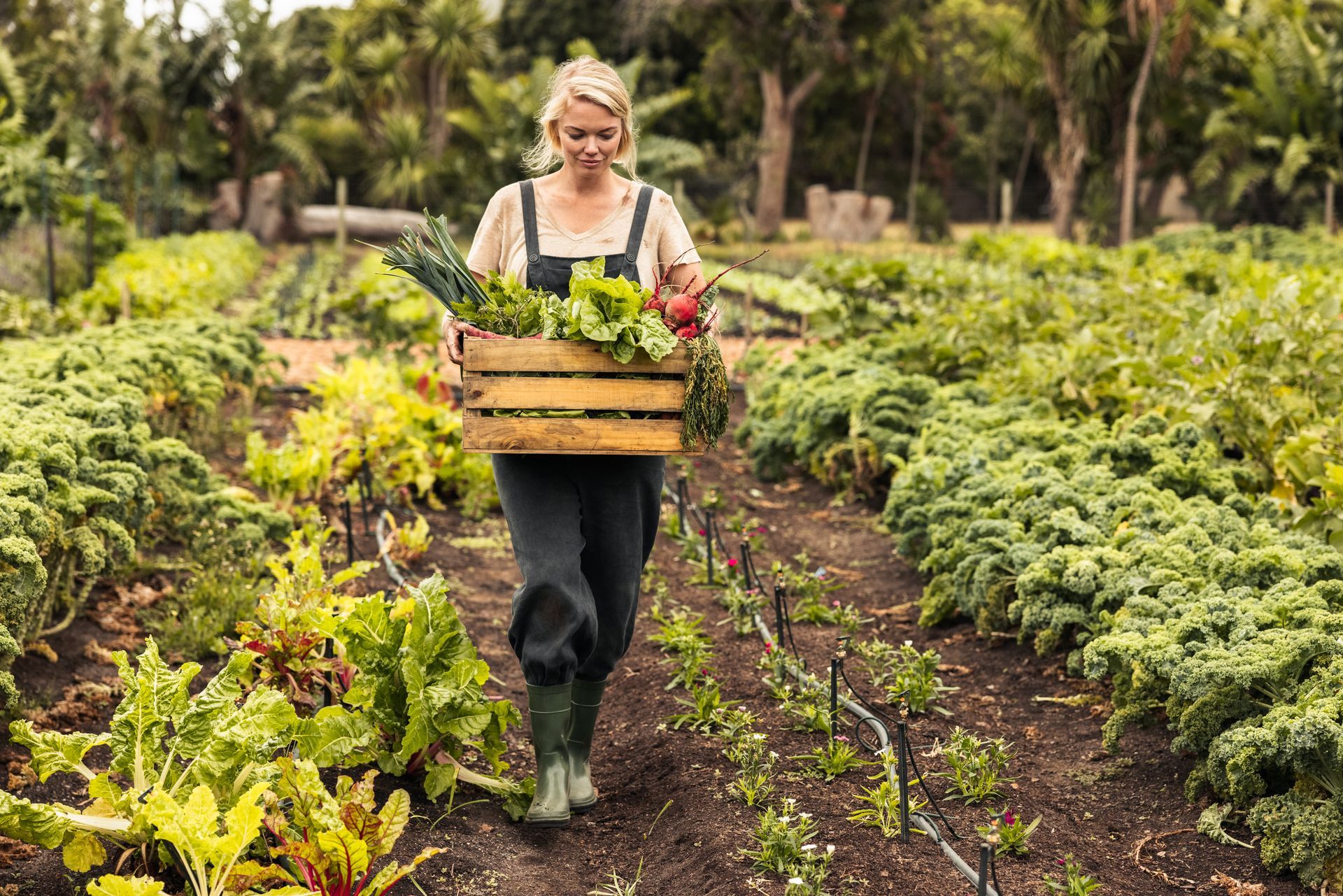


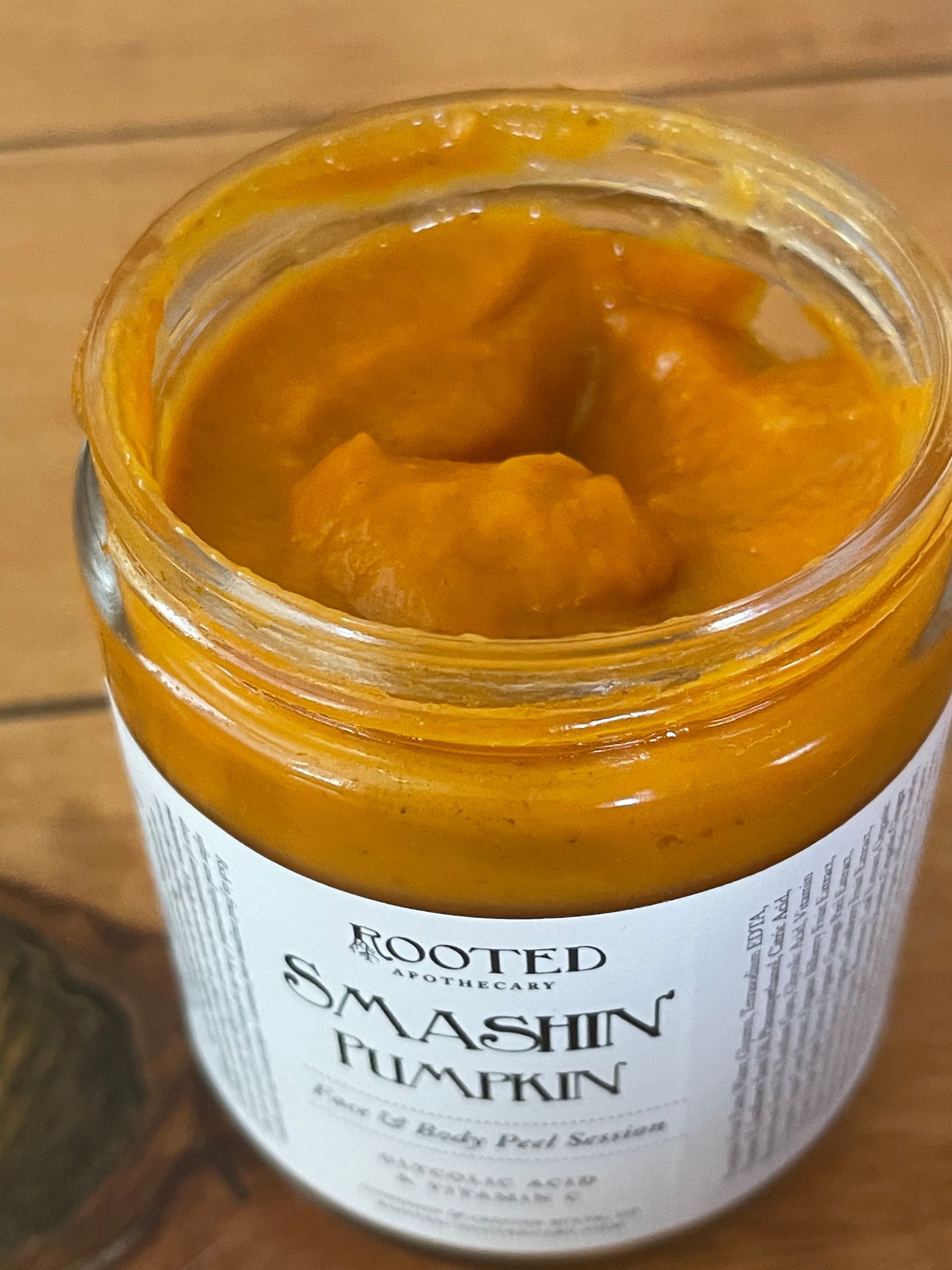
Gunnison Location:
126 N Main St.
Gunnison, CO 81230
970.707.4135
11am-5pm 7 Days a Week
Crested Butte Location:
510 Elk Avenue #6
Crested Butte, CO 81224
11am-5pm 7 Days a Week
The information and ingredients in this blog and website is true and complete to the best of our knowledge. All recommendations are made without guarantee on the part of the blog author, or Briana Wiles, owner of Rooted Apothecary and author of Mountain States Foraging, or Timber Press. The author of the blog and of Mountain States Foraging, and the publisher of said book disclaim any liability in connection with the use of this information. In particular, eating wild plants is inherently risky. Plants can easily be mistaken, and individuals vary in their physiological reactions to plants that are touched and consumed.
All Rights Reserved | Rooted Apothecary
Website by Firesite Creative
